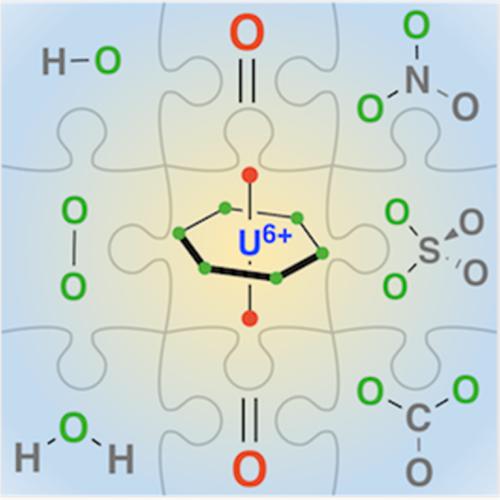当前位置:
X-MOL 学术
›
J. Comput. Chem.
›
论文详情
Our official English website, www.x-mol.net, welcomes your
feedback! (Note: you will need to create a separate account there.)
Performance of group additivity methods for predicting the stability of uranyl complexes
Journal of Computational Chemistry ( IF 3.4 ) Pub Date : 2020-01-28 , DOI: 10.1002/jcc.26157 Enric Petrus 1 , Carles Bo 1, 2
Journal of Computational Chemistry ( IF 3.4 ) Pub Date : 2020-01-28 , DOI: 10.1002/jcc.26157 Enric Petrus 1 , Carles Bo 1, 2
Affiliation

|
Herein, we investigated the viability of two group additivity methods for predicting Gibbs energies of a set of uranyl complexes. In first place, we proved that both density functional theory (DFT)‐based methods and Serezhkin's stereoatomic model provide equivalent answers in terms of stability. Moreover, we proposed a novel methodology based on Mayer's population analysis for estimating Serezhkin's empirical parameters theoretically. On the other hand, we showed that Cheong and Persson linear algebra methodology can be successfully applied to uranyl complexes, and analyzed its performance in connection with the chemical nature of the compounds employed in the model.
中文翻译:

用于预测铀酰配合物稳定性的基团可加性方法的性能
在此,我们研究了用于预测一组铀酰配合物的吉布斯能量的两组可加性方法的可行性。首先,我们证明了基于密度泛函理论 (DFT) 的方法和 Serezhkin 的立体原子模型在稳定性方面提供了等效的答案。此外,我们提出了一种基于 Mayer 人口分析的新方法,用于从理论上估计 Serezhkin 的经验参数。另一方面,我们表明 Cheong 和 Persson 线性代数方法可以成功应用于铀酰配合物,并分析其与模型中使用的化合物的化学性质相关的性能。
更新日期:2020-01-28
中文翻译:

用于预测铀酰配合物稳定性的基团可加性方法的性能
在此,我们研究了用于预测一组铀酰配合物的吉布斯能量的两组可加性方法的可行性。首先,我们证明了基于密度泛函理论 (DFT) 的方法和 Serezhkin 的立体原子模型在稳定性方面提供了等效的答案。此外,我们提出了一种基于 Mayer 人口分析的新方法,用于从理论上估计 Serezhkin 的经验参数。另一方面,我们表明 Cheong 和 Persson 线性代数方法可以成功应用于铀酰配合物,并分析其与模型中使用的化合物的化学性质相关的性能。











































 京公网安备 11010802027423号
京公网安备 11010802027423号